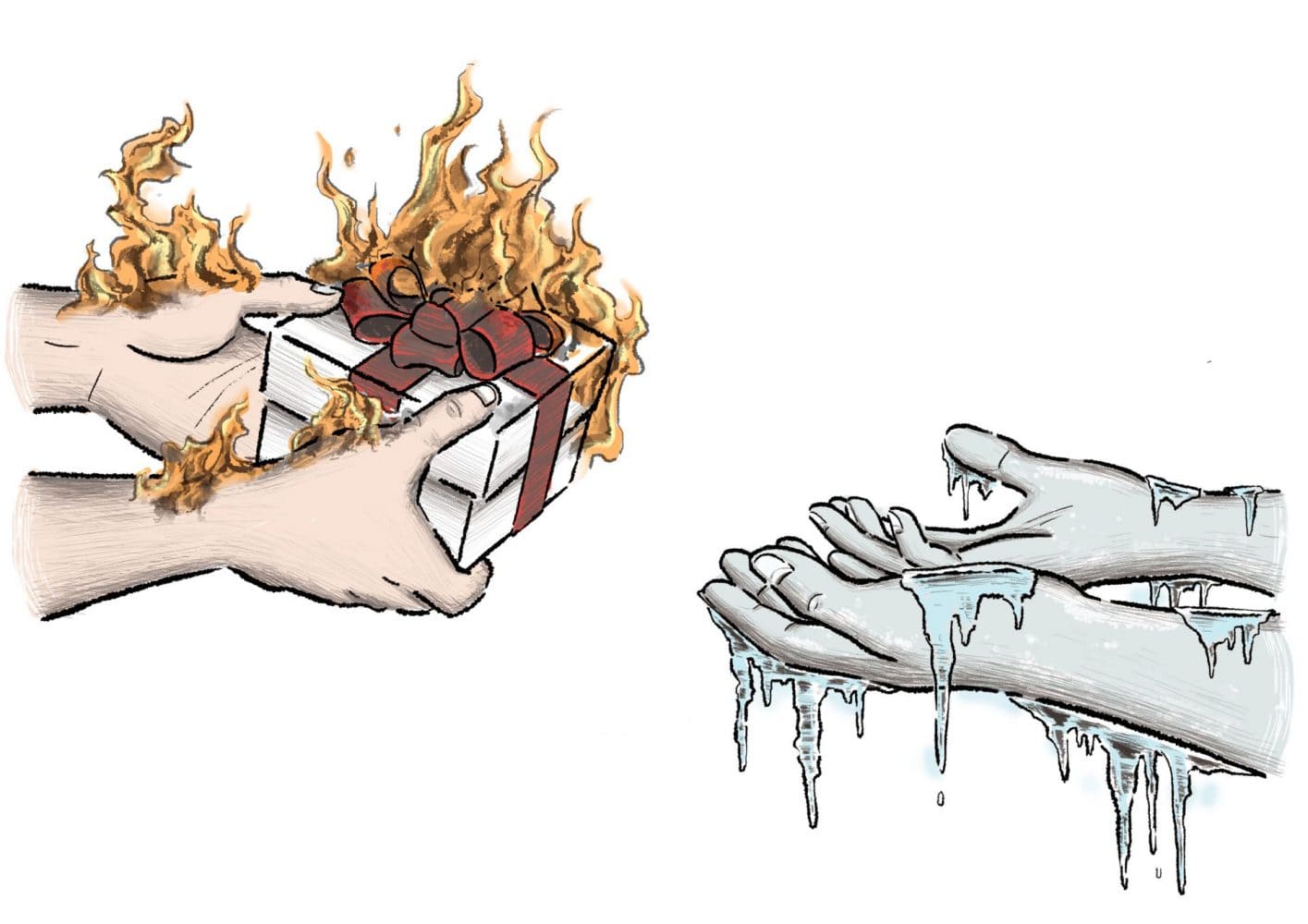Get Tech Tips
Subscribe to free tech tips.
Shielded Control Cable & Communicating Controls

When I first started in the trade, we used to run into shielded control wires on the Carrier Comfort Zone 1 zoning systems and also on a Carrier VVT system I used to maintain at a bank. I knew it has something to do with electrical “noise” and that communicating systems often called for it, but I never looked any further into it.
Over the last decade, there has been a lot of different residential communicating systems that have come out. Some require shielded cable, some merely recommend it, and others don't mention it all.
The fact is that whenever controls work on a low voltage “signal” rather than a simple “on/off” control, they are more susceptible to induced charges from other nearby conductors, electronics, and even transients from electrical storms.

A shielded cable has a metallic jacket that surrounds the individual conductors and routes the induced charges to ground, keeping it away from the conductors inside.
As an example of this, I installed a Carrier Infinity system at my own house WITHOUT using the shielded cable. Almost every time there are lightning strikes nearby, the unit will throw a communications fault. Since I'm in Florida, that happens quite often.
If you do have the wisdom to run shielded cable, you need to remember to bond (ground) one side of the shield securely to a good equipment ground on one end and ONE END ONLY. If you ground both ends, you risk the shield becoming a path in the case of a ground fault, which could cause some bigger issues. If you ground both ends, you can also create a “ground loop” that can cause the very noise you set out to eliminate.
In some cases, you can perform a similar function by grounding leftover/unused conductors on one end if you failed to run a shielded cable. There is no guarantee it will solve the issue, depending on the severity, because the other conductors don't fully surround the conductors being utilized.
The lesson being, when working with communicating “signal” controls, run shielded cable whenever possible. I was looking around and found this spec sheet from Southwire on some shielded wire.
—Bryan










Comments
Great article,
I cant tell you how many times on a 2 wire communicating system changing the wire to shielded stopped the intermittent communication failure.
Great article,
I cant tell you how many times on a 2 wire communicating system changing the wire to shielded stopped the intermittent communication failure.
I often wondered about this. I was a simple minded ET before I moved into HVAC. I remember my first job as a service tech. My company installed many evolution units and we always had callback on a communication error. I remember asking my service manager about using shielded cable. His response, No you don’t need “All that”. Hmmm. “all that”. I guess they are still having lots of call backs. I have installed some systems using comfortbridge and have not had one call back because of a communication alarm. Keep in mind that I use shielded cable for all communication that is not wireless.
I often wondered about this. I was a simple minded ET before I moved into HVAC. I remember my first job as a service tech. My company installed many evolution units and we always had callback on a communication error. I remember asking my service manager about using shielded cable. His response, No you don’t need “All that”. Hmmm. “all that”. I guess they are still having lots of call backs. I have installed some systems using comfortbridge and have not had one call back because of a communication alarm. Keep in mind that I use shielded cable for all communication that is not wireless.
To leave a comment, you need to log in.
Log In